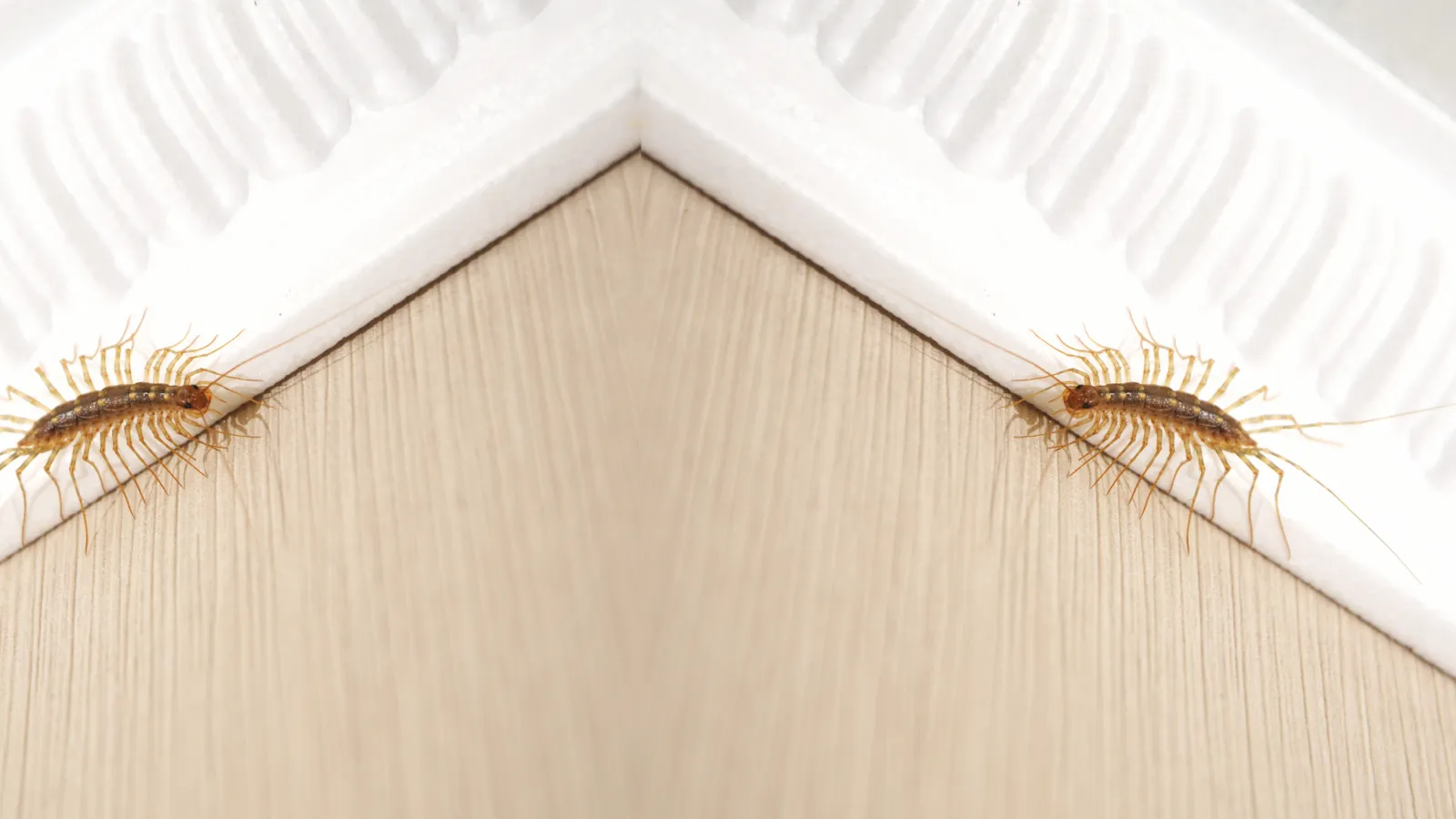
House Centipedes
Latin Name: Scutigera coleoptrata
House centipedes, scientifically known as Scutigera coleoptrata, are arthropods belonging to the class Chilopoda. Here's an overview of house centipedes:
Appearance: House centipedes are elongated arthropods with long, flattened bodies divided into segments. They typically have 15 pairs of long, slender legs, giving them 30 legs. Their bodies are typically yellowish-gray or brown, with dark stripes running along the length of their bodies.
Habitat: Despite their name, house centipedes are found worldwide in various habitats, including homes, basements, bathrooms, and other damp environments. They are nocturnal creatures often seen darting across floors or walls in search of prey.
Diet: House centipedes are carnivorous predators that feed on a variety of small arthropods, including insects, spiders, and other centipedes. They use their venomous claws on the first pair of legs to capture and subdue their prey.
Behavior: House centipedes are fast-moving and agile predators, capable of quickly navigating through narrow spaces and climbing walls and ceilings. They are primarily active at night and spend the day hiding in dark, damp areas. When threatened, they may move quickly to escape or use their venomous claws for defense.
Reproduction: House centipedes reproduce sexually, with males depositing spermatophores for females to pick up. Females lay eggs in damp soil or other suitable locations, and the young centipedes hatch from the eggs as miniature versions of adults.
Benefits: While house centipedes may be unsettling to some people due to their appearance and speed, they can be beneficial in controlling populations of other household pests, such as insects and spiders.
Control: House centipedes are generally considered harmless to humans and are not known to cause property damage. However, if their presence becomes a nuisance, reducing moisture levels, sealing entry points, and implementing pest control measures to eliminate their prey can help manage their populations.
Similar Pests: Centipedes, Millipede, Silverfish